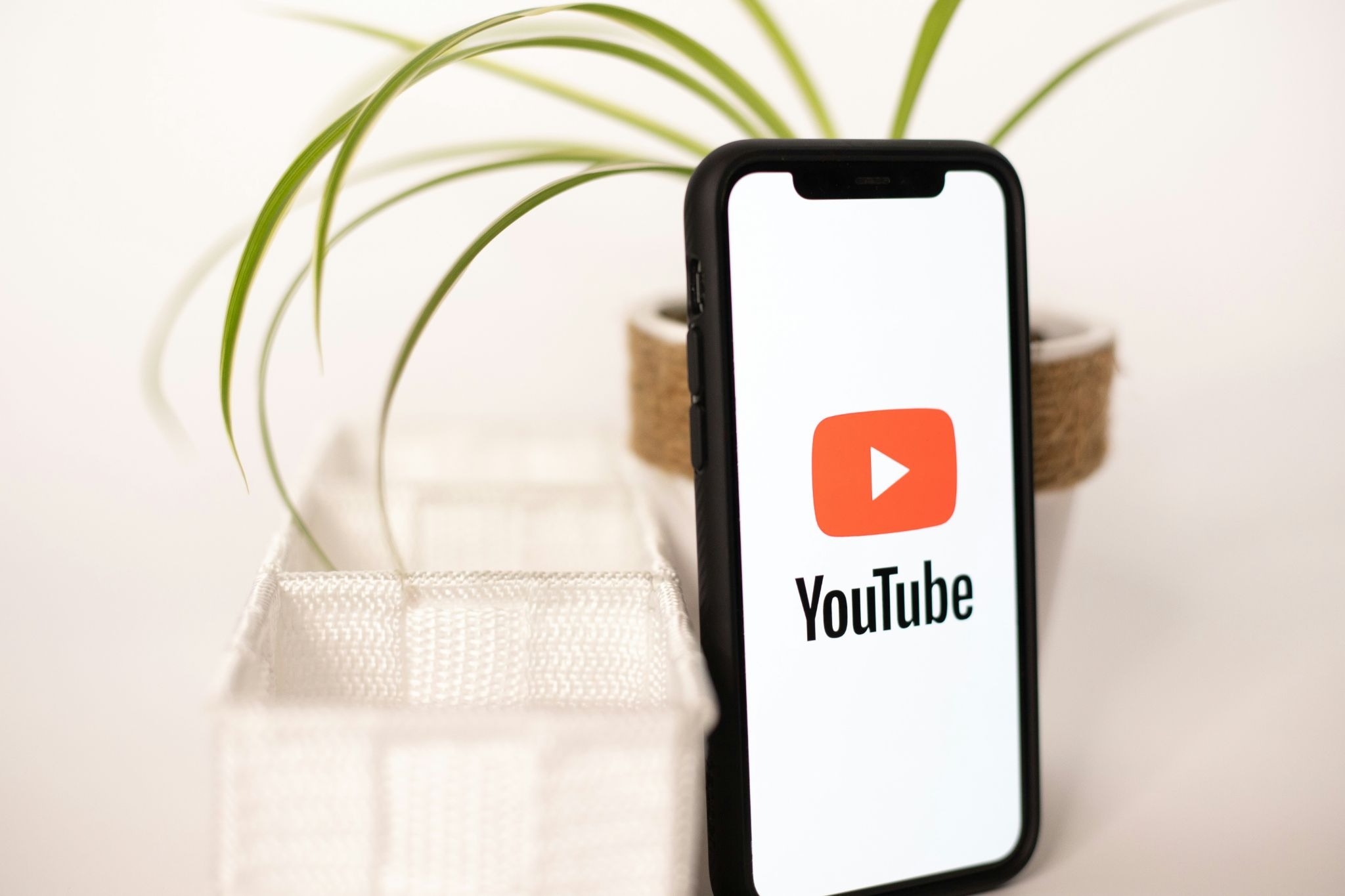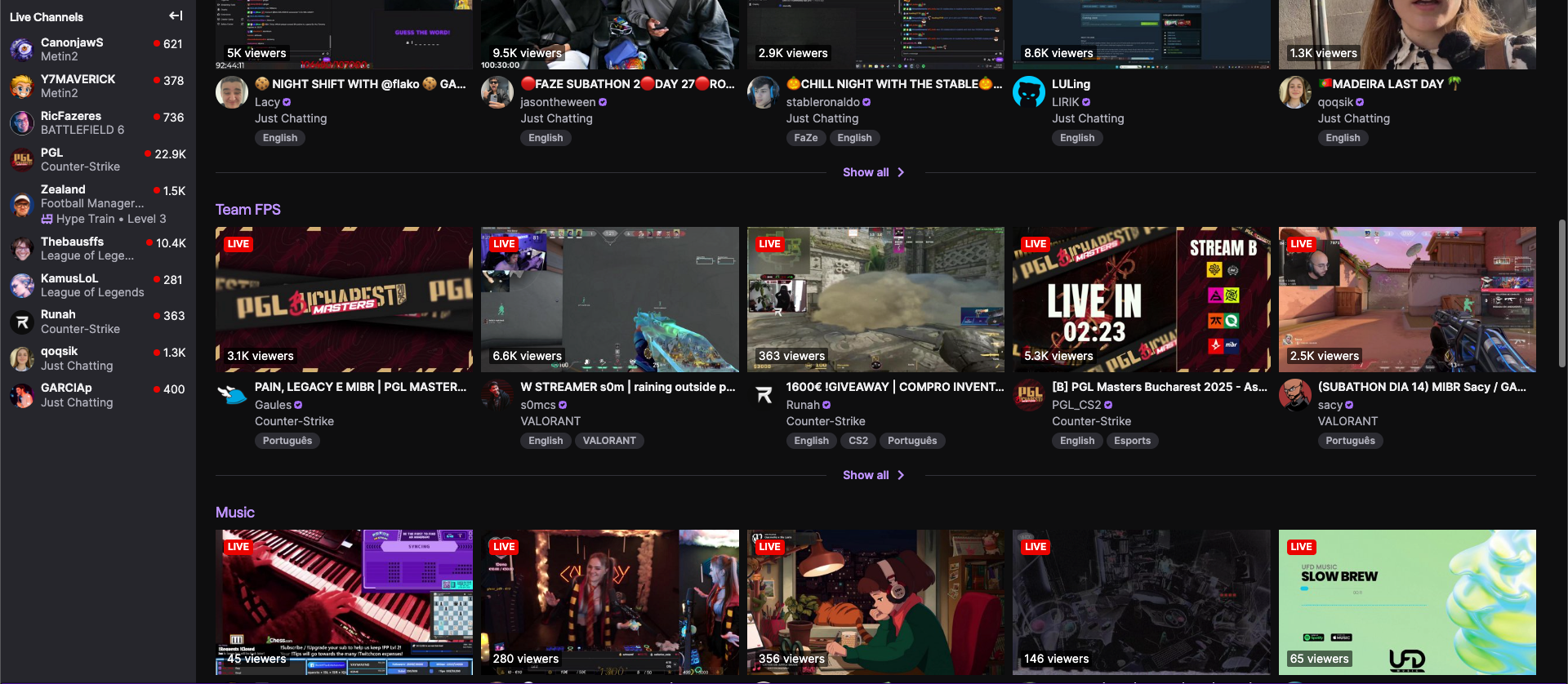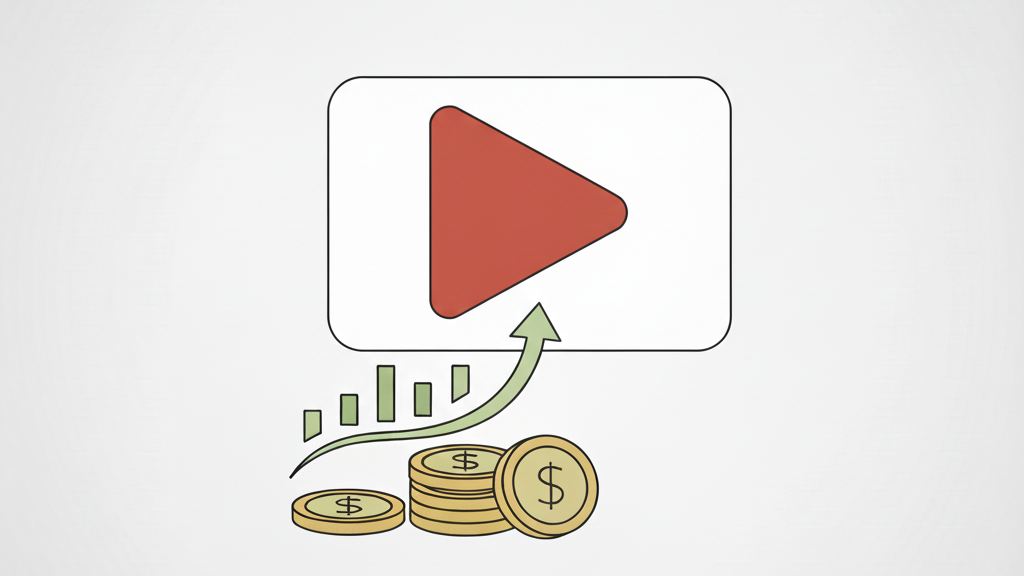If you’ve ever poured your heart into creating videos or live streams, whether it’s a workshop, a concert, a tutorial, or a sporting event, you’ve probably asked yourself: “Can I make money from this?” The answer is a resounding yes.
Video monetization has become one of the most accessible ways for creators, small businesses, and even families to earn income or offset event costs. Whether you’re a yoga instructor streaming classes, a small business doing workshops, or an educator delivering premium lessons, there are platforms that can help you get paid for your content.
But what does “monetizing video” actually mean? Simply put, it’s about earning revenue from your video content using models like pay‑per‑view, ads, subscriptions, or viewer contributions. The beauty of today’s ecosystem is that you don’t need to be a famous YouTuber or a technical expert to participate. You just need to choose the right platform that matches your goals, privacy needs, and audience.
In this guide, we’ll dive into five major video monetization platforms, explain how they work, discuss their limitations, and show what type of user each one fits best.
Why Monetizing Video Content Makes Sense
Before we go through each platform, it’s worth understanding why monetizing your videos is such a great idea.
- Video has become the global language. It captures attention better than any other format. People spend more time watching live or recorded videos than reading text posts or browsing photos.
- Audiences value convenience and exclusivity. Viewers are often willing to pay for premium or emotionally significant content: live concerts, kids events, education, or behind‑the‑scenes experiences.
- You gain independence. Instead of depending on sponsorships or algorithms, you can build your own direct revenue stream.
- Live streaming boosts engagement. The real‑time connection that live video provides raises perceived value and builds stronger emotional bonds.
Whether you’re an individual or a brand, video monetization opens the door to both income and meaningful engagement.
1. YouTube: Global Reach, Ad Revenue, and Limitations

For many people, YouTube is synonymous with video monetization. It offers unmatched reach, automatic discovery through recommendations, and a smooth ad‑based revenue system.
How Monetization Works
YouTube allows creators to earn money via the YouTube Partner Program (YPP). After meeting the requirements: 1,000 subscribers and 4,000 hours of watch time in the past year you can enable ads, channel memberships, Super Chats for live streams, and merchandise shelves.
Fees and Payouts
YouTube usually keeps around 45% of ad revenue, sharing the remaining 55% with creators. Payments flow through Google AdSense when the accumulated amount surpasses the payout threshold.
Ease of Setup
The platform is beginner‑friendly for uploading videos, but earning revenue takes time. A substantial audience base and consistent uploads are necessary before monetization unlocks.
Limitations
YouTube’s algorithm can be unpredictable, meaning your earnings may fluctuate. Public posting also means limited privacy, and copyrighted background music can easily demonetize your video. It’s ideal for public creators, but less suited for intimate or private events.
2. EventLive: Private Event Streaming with Built‑In Monetization
If your goal is to stream private, family‑oriented, or emotionally significant events, EventLive is a standout choice. This platform isn’t about viral fame, it’s about closeness and connection.
EventLive enables users to broadcast private events and other personal occasions in real time through a simple app or via RTMP. Guests receive a private link to join, with no downloads or accounts required. Viewers can watch live or replays whenever they wish, ensuring no one misses the moment.
Monetization Options
Unlike mass‑market platforms, EventLive offers integrated pay‑per‑view and contribution features. You can charge access fees or invite voluntary support from distant friends and relatives. No external plug‑ins are required.
Fee Structure
EventLive’s pricing is straightforward: one‑time payment per event, typically between $50 and $100 USD, depending on the number of viewers. There are no ongoing subscription fees and no limits on viewers. If you enable payment collection, standard processing fees may apply and $1.50USD fee per ticket sold will be applied.
Ease of Setup
EventLive’s greatest strength is its simplicity. You can install the app, create your event in minutes, and share your private link instantly. Automatic recording and replay links save you additional time. It’s completely possible to set up and go live in less than three minutes.
Limitations
EventLive focuses on private events rather than mass public streaming. Its simplicity means fewer advanced customization settings, which is actually intentional to make it accessible for anyone. If the ticketing or monetization option is turned on, only people with the ticket will be able to access the live stream (only one device at a time with the same e-mail)
This philosophy drives EventLive’s design: user‑friendly, emotionally meaningful, and respectful of privacy.
3. Vimeo OTT: Control and Branding for Professionals
Vimeo’s OTT (Over‑The‑Top) system is a professional platform for businesses and creators who need a branded, subscription‑based video environment. It’s widely used by educators, fitness trainers, content creators, and filmmakers who want reliable paywalls and control over their presentation.
How Monetization Works
Vimeo OTT offers several monetization paths:
- Monthly or annual subscriptions for unlimited access
- Rentals or purchases for one‑off videos
- Pay‑per‑view streaming for live sessions
Fee Structure
The base OTT plan starts around $1 per subscriber per month, with additional platform service charges. Custom branded app solutions can climb into the thousands annually, targeting established businesses or content libraries rather than small users.
Ease of Setup
Vimeo provides sleek tools, but the setup demands some technical familiarity. You’ll configure payment gateways, pricing plans, and often integrate your own branding. Once done, you gain high reliability and scalability.
Limitations
The cost makes it impractical for casual or one‑time streamers. Its complexity suits ongoing content operations more than temporary event broadcasts. Still, for professional creators, Vimeo OTT strikes a good balance between creative control and monetization flexibility.
4. Twitch: Real‑Time Monetization for Live Communities

Twitch has grown from a gamer‑centric service to a diverse live streaming ecosystem, hosting musicians, artists, talk shows, and “just chatting” sessions. Its monetization model thrives on community interaction and viewer loyalty.
How Monetization Works
Monetization starts when you become a Twitch Affiliate or Partner. Revenue comes from:
- Subscriptions: monthly viewer support at different tiers
- Bits: virtual tipping currency used during streams
- Advertisements: inserted automatically or manually
- Sponsors and collaborations
Fee Structure
Twitch takes about 50% of subscription revenue, while Bits and direct donations give creators most of the funds after small processing fees. High‑profile partners may negotiate better splits.
Ease of Setup
Going live on Twitch is simple; the challenge lies in consistency. Building an audience requires regular streaming and engagement. Twitch Studio is built for ease, but success depends on effort and interaction.
Limitations
Competition is fierce. Without constant presence, visibility drops fast. Revenue also fluctuates based on viewer participation. Twitch works best for ongoing creative streams, not private or occasional events.
5. Facebook Live: Simple Monetization for Social Audiences
Facebook Live integrates directly with the social network’s existing audience, allowing creators or small businesses to host live events and monetize through Stars or Paid Online Events.
How Monetization Works
You can charge an entry fee for virtual events or receive Stars (a digital currency bought by viewers). Facebook also connects streams to public Pages, expanding discoverability through followers.
Fee Structure
After an initial promotion period with no deductions, Facebook now takes about 30% of in‑app revenue as its platform fee for paid events or Stars. This rate may vary depending on your region and currency.
Ease of Setup
Hosting a Facebook Live event is as easy as pressing “Go Live.” Payment setup is guided, though it requires a Page or professional account. Privacy options exist but remain limited, viewers need Facebook accounts, which not everyone uses.
Limitations
Facebook prioritizes algorithm‑friendly content, which can reduce visibility for smaller or more personal events. It’s great for community outreach but not ideal for private occasions.
Choosing the Right Platform for You
Let’s break down what to consider before committing to a platform:
- Audience Type – Who will watch? Global public or invited guests?
- For public audiences, YouTube or Twitch perform better.
- For private audiences, EventLive is purpose‑built.
- Content Purpose – Entertainment, education, or emotional connection?
- Vimeo OTT is ideal for professional instructional content.
- EventLive is perfect for workshops, sporting events, performances, etc.
- Setup Complexity – Do you want plug‑and‑play ease or total configuration control?
- EventLive and Facebook Live offer the simplest start.
- Vimeo OTT offers enterprise‑level customization.
- Monetization Preference – Ads, tips, or direct paywalls?
- YouTube and Twitch rely on ads and engagement.
- EventLive and Vimeo OTT work with direct payments.
- Privacy Level – Open visibility or invitation‑only?
- EventLive excels at privacy, with unique private‑link streaming.
- YouTube, Twitch, and Facebook are primarily public.
Matching your priorities to the platform’s strengths ensures that your monetization strategy feels natural and not forced.
Key Takeaways
- Video monetization has democratized earnings: creators of all levels can now generate income through streams and videos.
- Consider both the fees and learning curve when choosing your monetization solution.
- Respecting privacy and emotional context is vital when streaming personal events.
Frequently Asked Questions
1. How do I start monetizing my videos?
Decide whether your content is public or private, then select a platform that supports your goal. For private monetization, start with EventLive; for public reach, YouTube is a good starting point.
2. Can I charge for private live streams?
Yes. Platforms like EventLive have built‑in tools for accepting access payments or optional contributions.
3. Do I need expensive gear to live stream?
Not at all. A smartphone with a good camera and stable internet connection is enough for EventLive, Facebook Live, or Twitch.
4. Which platform is easiest to set up?
EventLive takes just a few minutes to create, stream, and share your event privately.
5. How much can I earn by monetizing videos?
Income depends on your pricing model, audience size, and engagement. Ad‑based earnings tend to grow slowly, but pay‑per‑view and direct support bring faster results.
6. Can viewers rewatch streams later?
Yes, all major platforms offer replay or archive options. EventLive automatically provides replays for anyone with the access link..
7. Is video monetization sustainable long‑term?
Yes, especially if you diversify content types and maintain consistent quality.
Skip the confusion, setup struggles, and privacy worries of public streaming sites. With EventLive, you can deliver an amazing experience via live streaming.



.svg)




